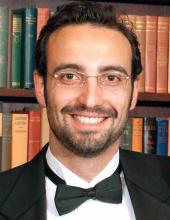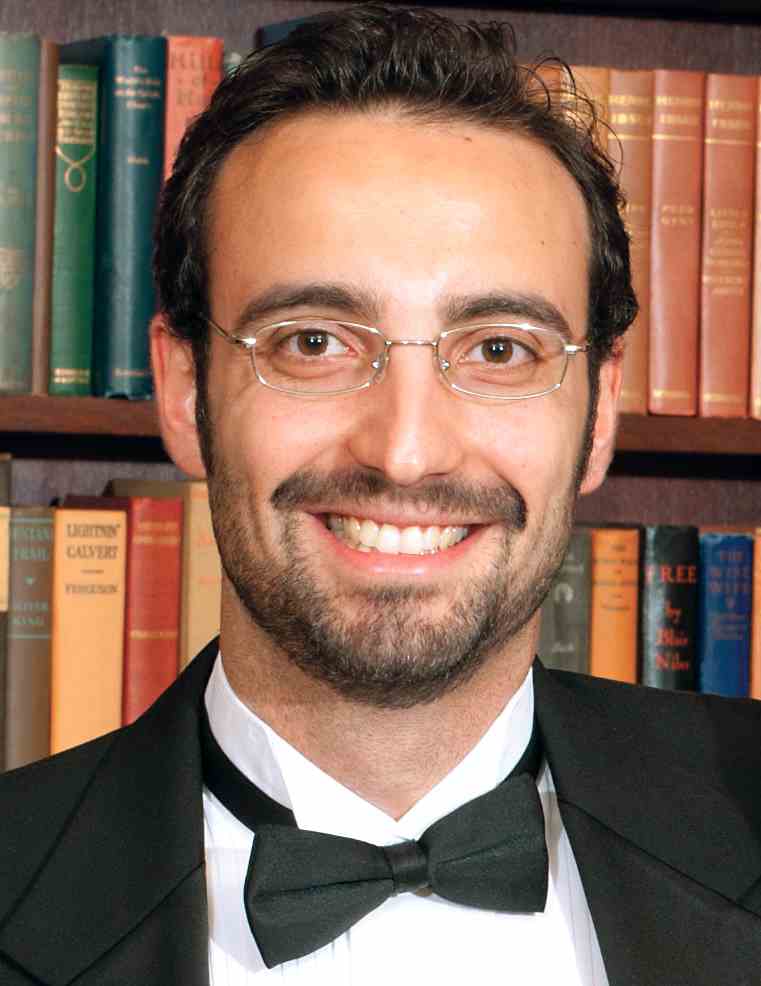User login
Tiziano Tallarita, MD, of the Mayo Clinic, Rochester, Minn., and his colleagues performed a study to examine the surgical management of aberrant subclavian artery (aSCA) associated with aortic arch anomalies at their institution over a 24-year period. “This study represents one of the largest surgical series on aSCA,” according to Dr. Tallarita.
He will present their data on this rare condition at the first of two sessions sponsored by the Vascular and Endovascular Surgery Society (VESS) on Wednesday at the Vascular Annual Meeting. They identified 39 consecutive patients who underwent surgery for aSCA from 1994 to 2017. Clinical presentation, surgical treatment, 30-day morbidity and mortality, and follow-up were assessed.
The median patient age was 46 years and 56% were women. Right aSCA with a left-sided arch was present in 30 patients (77%) with a Kommerell’s diverticulum (KD) in 20, and an aortic aneurysm or dissection in 14. Left aSCA was present in 9 patients (23%), all of whom had a right-sided aortic arch; aortic dissection was present in 6 patients.
Across all patients, one or more symptoms included dysphagia in 25 (65%), dyspnea in 16 (41%), chest pain in 11 (28%), and upper extremity ischemia in 7 (18%). Six of the patients (15%) required emergency surgery, two each for contained rupture and aortic dissection, and one each for rapid aneurysm growth and severe respiratory distress. The aberrant artery was treated by transposition in 23 patients, carotid subclavian bypass in 10 and ascending aorta to subclavian bypass in 6. Two patients with transposition of the left aSCA also had transposition of the vertebral artery. Primary repair of the KD was done in 14 patients, with the distal arch and/or proximal descending thoracic aorta being replaced in 10.
TEVAR was used to exclude the KD in the remaining 6 patients, all of whom had a left sided aortic arch. Nine patients did not need aortic repair.
Dr. Tallarita and colleagues found that one patient died from pulmonary embolism within 30 days of operation (2.6%). “Perioperative morbidity was 18%, with 7 patients developing one or more complications,” added Dr. Tallarita.
Over a median follow-up of 22.5 months (range 0-193), two patients died (5%), neither procedure-or aortic-related. Three-year survival was 84%, and no one needed re-intervention.
“The presence of KD or aortic disease increased the complexity of the repair. Right-sided aortic arch was always associated with KD and frequently with aortic disease,” according to Dr. Tallarita and his colleagues. “Treatment of aSCA with and without associated aortic disease can be accomplished with low morbidity and mortality, and excellent mid-term patency,” they concluded.
Tiziano Tallarita, MD, of the Mayo Clinic, Rochester, Minn., and his colleagues performed a study to examine the surgical management of aberrant subclavian artery (aSCA) associated with aortic arch anomalies at their institution over a 24-year period. “This study represents one of the largest surgical series on aSCA,” according to Dr. Tallarita.
He will present their data on this rare condition at the first of two sessions sponsored by the Vascular and Endovascular Surgery Society (VESS) on Wednesday at the Vascular Annual Meeting. They identified 39 consecutive patients who underwent surgery for aSCA from 1994 to 2017. Clinical presentation, surgical treatment, 30-day morbidity and mortality, and follow-up were assessed.
The median patient age was 46 years and 56% were women. Right aSCA with a left-sided arch was present in 30 patients (77%) with a Kommerell’s diverticulum (KD) in 20, and an aortic aneurysm or dissection in 14. Left aSCA was present in 9 patients (23%), all of whom had a right-sided aortic arch; aortic dissection was present in 6 patients.
Across all patients, one or more symptoms included dysphagia in 25 (65%), dyspnea in 16 (41%), chest pain in 11 (28%), and upper extremity ischemia in 7 (18%). Six of the patients (15%) required emergency surgery, two each for contained rupture and aortic dissection, and one each for rapid aneurysm growth and severe respiratory distress. The aberrant artery was treated by transposition in 23 patients, carotid subclavian bypass in 10 and ascending aorta to subclavian bypass in 6. Two patients with transposition of the left aSCA also had transposition of the vertebral artery. Primary repair of the KD was done in 14 patients, with the distal arch and/or proximal descending thoracic aorta being replaced in 10.
TEVAR was used to exclude the KD in the remaining 6 patients, all of whom had a left sided aortic arch. Nine patients did not need aortic repair.
Dr. Tallarita and colleagues found that one patient died from pulmonary embolism within 30 days of operation (2.6%). “Perioperative morbidity was 18%, with 7 patients developing one or more complications,” added Dr. Tallarita.
Over a median follow-up of 22.5 months (range 0-193), two patients died (5%), neither procedure-or aortic-related. Three-year survival was 84%, and no one needed re-intervention.
“The presence of KD or aortic disease increased the complexity of the repair. Right-sided aortic arch was always associated with KD and frequently with aortic disease,” according to Dr. Tallarita and his colleagues. “Treatment of aSCA with and without associated aortic disease can be accomplished with low morbidity and mortality, and excellent mid-term patency,” they concluded.
Tiziano Tallarita, MD, of the Mayo Clinic, Rochester, Minn., and his colleagues performed a study to examine the surgical management of aberrant subclavian artery (aSCA) associated with aortic arch anomalies at their institution over a 24-year period. “This study represents one of the largest surgical series on aSCA,” according to Dr. Tallarita.
He will present their data on this rare condition at the first of two sessions sponsored by the Vascular and Endovascular Surgery Society (VESS) on Wednesday at the Vascular Annual Meeting. They identified 39 consecutive patients who underwent surgery for aSCA from 1994 to 2017. Clinical presentation, surgical treatment, 30-day morbidity and mortality, and follow-up were assessed.
The median patient age was 46 years and 56% were women. Right aSCA with a left-sided arch was present in 30 patients (77%) with a Kommerell’s diverticulum (KD) in 20, and an aortic aneurysm or dissection in 14. Left aSCA was present in 9 patients (23%), all of whom had a right-sided aortic arch; aortic dissection was present in 6 patients.
Across all patients, one or more symptoms included dysphagia in 25 (65%), dyspnea in 16 (41%), chest pain in 11 (28%), and upper extremity ischemia in 7 (18%). Six of the patients (15%) required emergency surgery, two each for contained rupture and aortic dissection, and one each for rapid aneurysm growth and severe respiratory distress. The aberrant artery was treated by transposition in 23 patients, carotid subclavian bypass in 10 and ascending aorta to subclavian bypass in 6. Two patients with transposition of the left aSCA also had transposition of the vertebral artery. Primary repair of the KD was done in 14 patients, with the distal arch and/or proximal descending thoracic aorta being replaced in 10.
TEVAR was used to exclude the KD in the remaining 6 patients, all of whom had a left sided aortic arch. Nine patients did not need aortic repair.
Dr. Tallarita and colleagues found that one patient died from pulmonary embolism within 30 days of operation (2.6%). “Perioperative morbidity was 18%, with 7 patients developing one or more complications,” added Dr. Tallarita.
Over a median follow-up of 22.5 months (range 0-193), two patients died (5%), neither procedure-or aortic-related. Three-year survival was 84%, and no one needed re-intervention.
“The presence of KD or aortic disease increased the complexity of the repair. Right-sided aortic arch was always associated with KD and frequently with aortic disease,” according to Dr. Tallarita and his colleagues. “Treatment of aSCA with and without associated aortic disease can be accomplished with low morbidity and mortality, and excellent mid-term patency,” they concluded.

